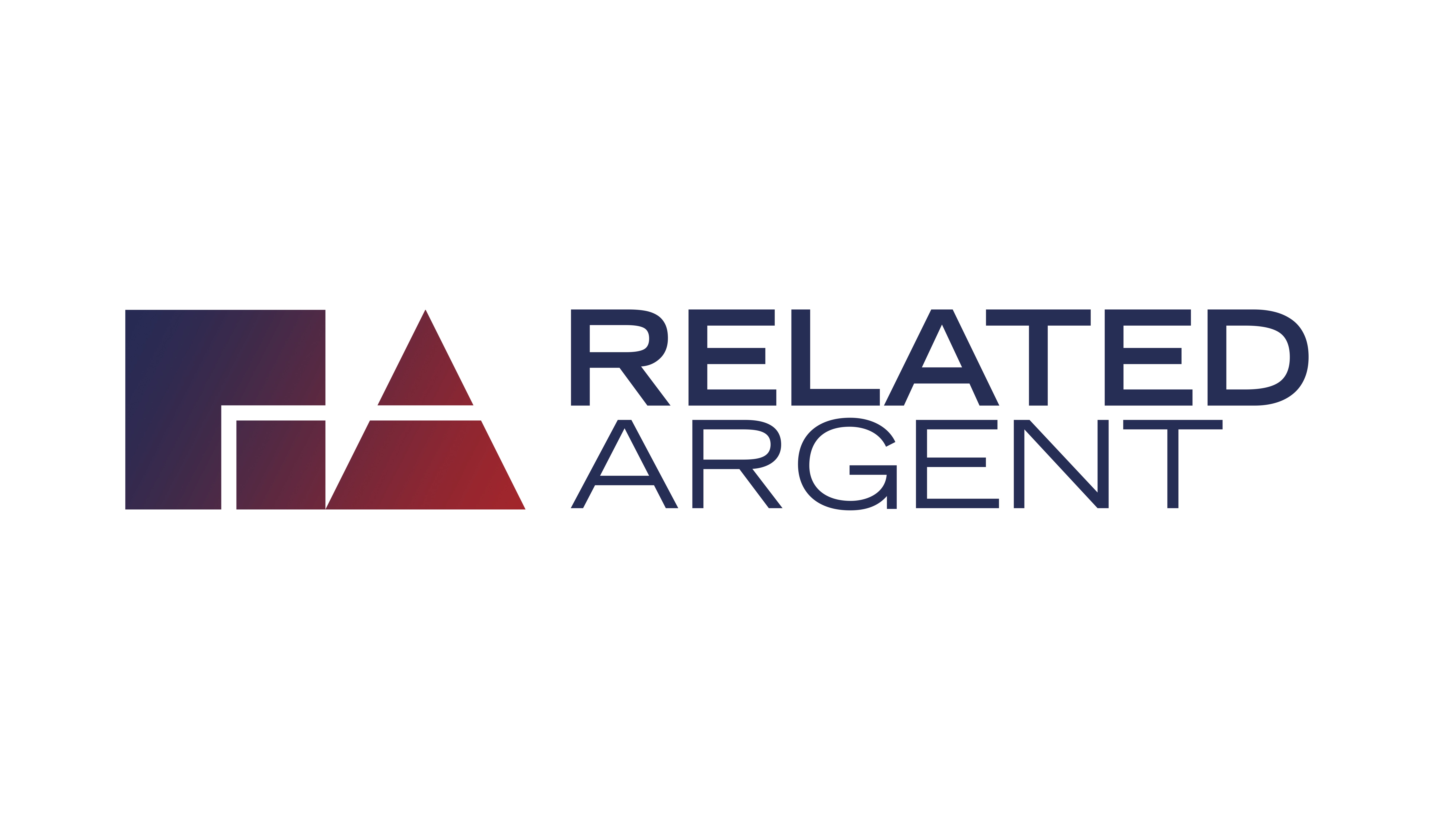London: Climate Resilience
The NLA Expert Panel on Net Zero Panel discussed what resilience issues are going to potentially impact on London’s future, looking at the city’s natural and built environment. How can the industry come together to provide mitigation strategies and solutions, and what needs to be done to facilitate the progression and implementation of these strategies?
The panel identified that there was a need to continue to grow our collective knowledge and understanding on the topic of resilience to allow the industry to have a more mature discussion around the topic. When this happens, then the issue will become more a common discussion point where its long-term value – both social and financial – can be clearly recognised. This needs to continue to grow our long-term view of development, not just having a development that will potentially focus on shorter-term benefits.
Although the issue of overheating is a key design point within residential development, the way that we respond to the design intervention requirements have not shown much advancement. The palette of design interventions that are seen have not evolved to reflect the more challenging future climate projections – it will be important to develop a showcase of shading strategies that have been fitted into modern residential architecture, green facades/ algae/ materiality of solar shading to provide seasonal response.
The panel discussed the other potential impacts of future climatic projections, with regards to both sea-level rise and more intensive rainfall. Flood risk from the Thames is of paramount importance and concern, the upgrading of the Thames Barrier to meet future sea levels needs to be central to any strategic resilience planning for London. Within the built environment more opportunities are being taken to adopt SUDs and attenuation, whether through blue or green roofs, or at grand landscaped interventions, however future management considerations need to look to link these systems and solution together – ensuring that the city as a whole is prepared for intense rainfall or high-tide event.
The multifaceted benefits of the greening of the city are clear – mitigating the urban heat island effect, reducing surface run-off rates, providing local air quality improvements, or a place for rest bite from the city. it is therefore important that the city continues to provide the design and integration of greenery.
Later this year, the World Green Building Council have their #BuildingResilience week, this is an opportunity for London to continue to be part of this important conversation.
NLA and COP26
The panel discussed the opportunities that COP26 presents to NLA and London, to continue to provide leadership.
One of the challenges that the construction industry is experiencing now and that the panel clearly agreed on is the limitation of using timber in construction – there appears to be a failure within the insurance market to allow for the development of timber construction opportunities, due to the conservative and cautionary approach. COP26 presents a great opportunity to realign the UK’s approach to the application of timber within construction.
With the drive to deliver high-performance buildings, where zero carbon targets and operational energy are key performance metrics there is the risk that this will lead to building stock becoming obsolete, leading to the industry missing opportunities that could be captured and focus on embodied carbon benefits that could be realised. The industry does not want to see itself in a position where demolition at scale is the go-to, as part of the push to zero carbon.
A number of retrofit guides are currently in the pipeline – notable LETI’s residential retro-fit guidance that will be published shortly. Of key consideration is the need to build industry skills, knowledge, and capacity to allow the regular delivery of successful retrofitting of buildings of all scales and typologies.















